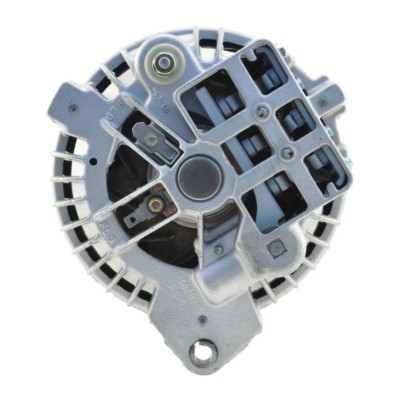67barracuda
Well-Known Member
Ok, new motor is in. Thought I hooked up everything correctly, but guess not.
Before starting I turned key to run position and the fusible link wire starting smoking. I also noticed the harness is getting kind of brittle. Where should I begin to look first, and should I get a new harness? Classic industries has them, anyone buy one from them? How are they?
The harness was removed to have engine compartment painted while engine was being built.
A color wiring diagram would be helpful if anyone has one.
Before starting I turned key to run position and the fusible link wire starting smoking. I also noticed the harness is getting kind of brittle. Where should I begin to look first, and should I get a new harness? Classic industries has them, anyone buy one from them? How are they?
The harness was removed to have engine compartment painted while engine was being built.
A color wiring diagram would be helpful if anyone has one.

















